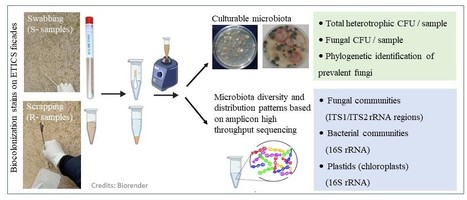
External Thermal Insulation Composite Systems (ETICS) are frequently used to enhance the energy efficiency of the built environment. However, bio-colonization stains are often detected, causing cladding defacement and altering the building aesthetics. To address which microbiota could contribute to these biodeterioration related color/aesthetic anomalies, Cristina A. Viegas and Leonilde M. Moreira from iBB, in collaboration with researchers from CERIS/DECivil-IST and LNEC, identified the taxonomic diversity and distribution patterns of the microbial communities in stains present on the surface of ETICS facades in three residential sites in Lisbon. This study reveals diverse microbial communities assigned to taxa of the major microbial groups of heterotrophic bacteria, fungi, cyanobacteria, and microalgae (through DNA plastid detection) in color/aesthetic biodeterioration stains of ETICS facades, taking into consideration in-service environmental exposure, facade location/cardinal orientation and ETICS material composition. Results suggest the need to include additional microorganisms in the list of bio-susceptibility testing organisms in ETICS.



 Your new post is loading...
Your new post is loading...



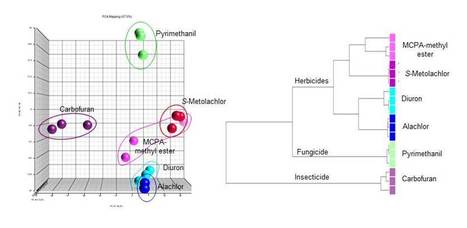
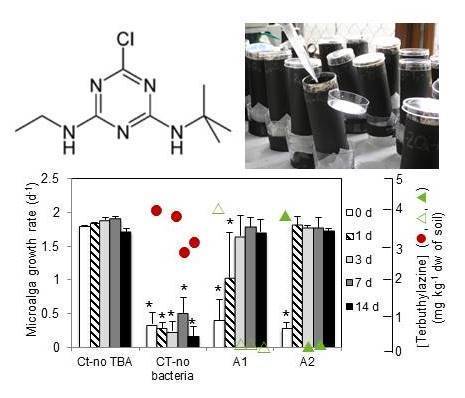
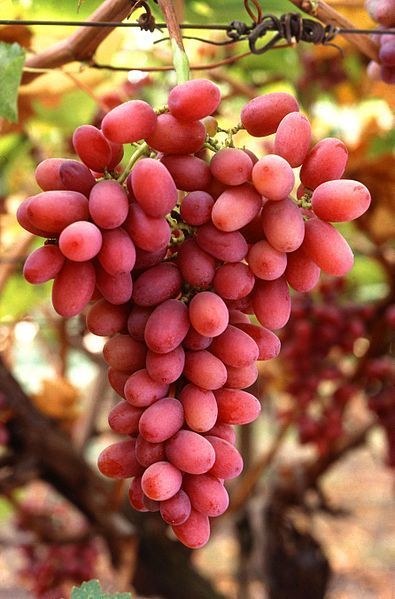

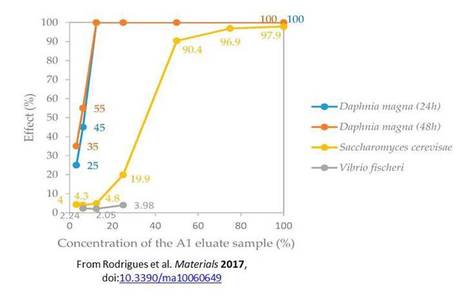
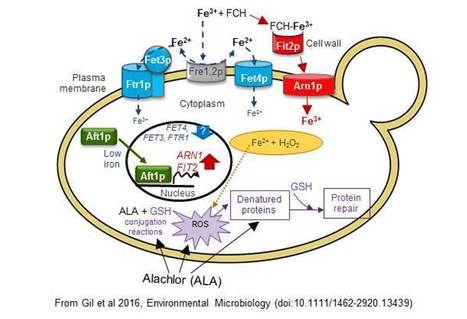






To know more click here.